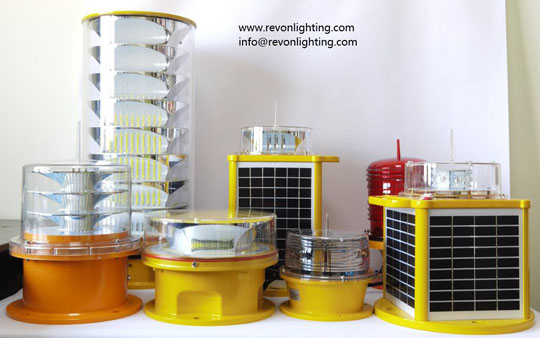Obstacle lights are critical components of aviation safety that help pilots navigate through the air by alerting them to potential obstacles such as buildings, towers, and other structures. These lights provide crucial visual cues for pilots, particularly during low-light conditions or inclement weather.
Aviation obstacle lights come in a variety of forms, including red flashing beacons, steady-burning lights, and strobe lights. Each type serves a unique purpose to ensure maximum visibility and safety for pilots. Red beacons are typically used on tall structures such as towers or wind turbines, while steady-burning lights are commonly found on smaller obstacles like buildings. Strobe lights, on the other hand, are often used as an additional warning signal and can be seen from greater distances.
One of the primary benefits of using obstacle lights is their ability to enhance situational awareness for pilots. By providing a clear visual indication of the location and height of obstacles, pilots can make more informed decisions about their flight paths and avoid potential hazards. Furthermore, obstacle lights can also serve as a backup for other navigational aids such as GPS or radio beacons, which may not always be reliable.

While obstacle lights are essential for aviation safety, maintaining and operating them can be challenging. Extreme weather conditions, harsh environments, and power outages can all impact the functionality of these lights. Therefore, it's important to choose high-quality, durable lights that can withstand these obstacles and still perform reliably.
In summary, obstacle lights play a critical role in ensuring the safety of aviation by providing clear visual cues for pilots. Whether navigating through low-light conditions or avoiding obstacles during a storm, these lights are essential for enhancing situational awareness and preventing accidents. Proper maintenance and selection of high-quality lights are key to ensuring their continued performance and effectiveness.